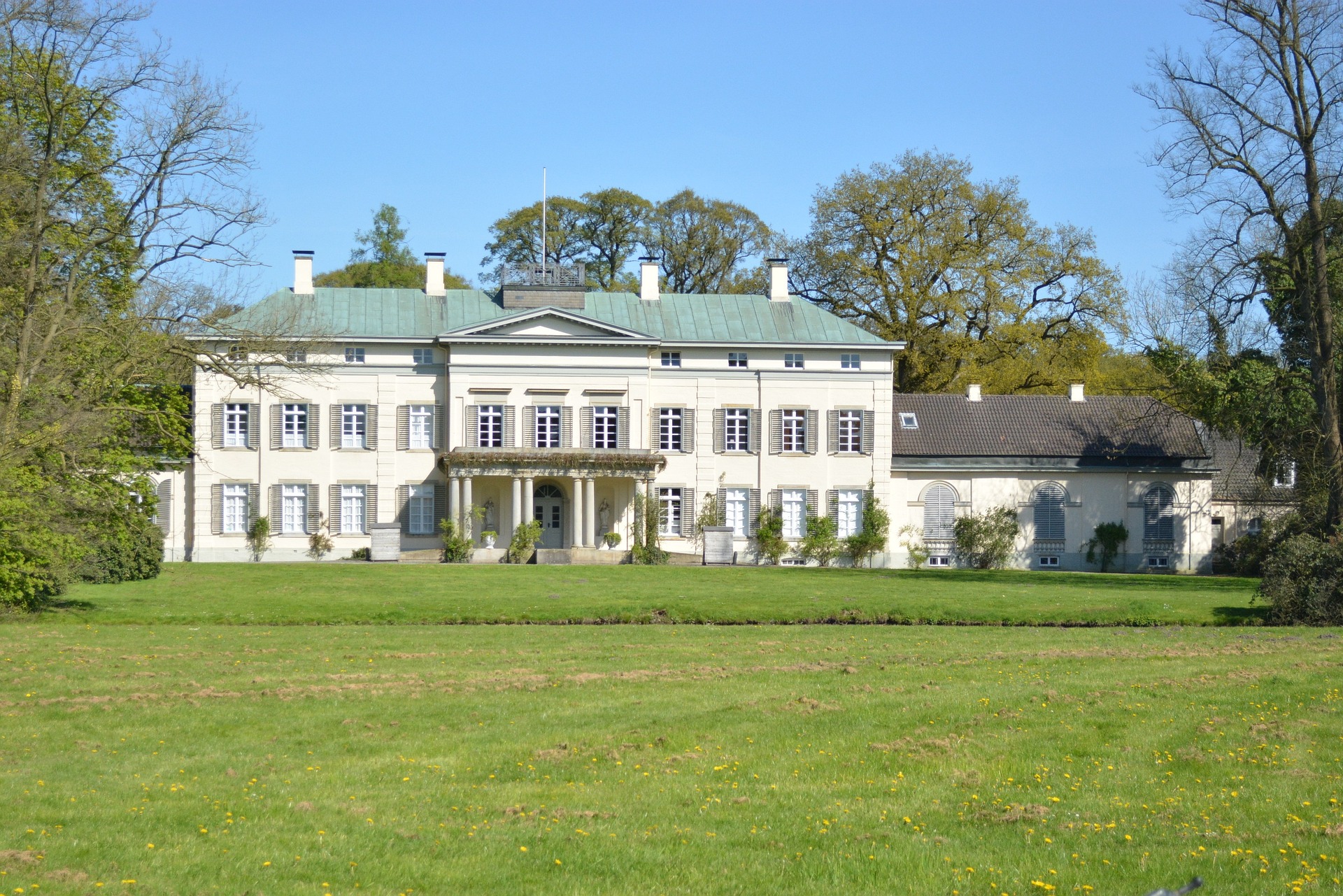Heritage Homes: Restoring Historical Residences for Modern Use
Restoring heritage homes connects past craftsmanship with contemporary living. This article outlines considerations for renovating historical residences into functional mansions, villas, penthouses or waterfront properties while respecting architecture, interiors, sustainability and long-term value.
Heritage buildings present a unique opportunity to preserve cultural character while adapting to modern needs. Restoring historical residences requires careful coordination among architects, conservation specialists, and contractors to maintain original features—such as facades, moldings, and staircases—while introducing contemporary systems for comfort, safety, and efficiency. Successful projects balance preservation of craftsmanship with updated interiors and discreet modern technologies that support daily life and long-term investment value.
How does architecture guide restoration of residences and mansions?
Architectural analysis is the starting point for any restoration. Detailed surveys document original materials, structural systems, and decorative elements so interventions can be reversible where possible. For large mansions or formal residences, preserving proportion, sightlines, and exterior materials often governs placement of new mechanical systems or additions. Architects experienced in heritage work typically integrate new interventions so they remain readable as contemporary but subordinate to the building’s original language.
What interior approaches enhance historical interiors and penthouses?
Interiors in heritage homes can be restored to their original appearances or adapted with a layered approach that respects historic fabric. Retaining key features—fireplaces, paneled rooms, staircases—provides character, while selections for finishes, lighting and millwork allow modern functionality. In converted penthouses or upper-floor residences, designers often introduce open-plan living and concealed storage to improve flow, ensuring new systems for HVAC, plumbing and acoustics are integrated without harming significant historic surfaces.
How do sustainability and smarthomes fit into restoration projects?
Sustainability and smarthome technologies can be introduced sensitively: energy-efficient glazing that matches original profiles, insulation in non-invasive locations, and high-efficiency HVAC systems sized for the preserved building envelope. Smart controls for lighting, security and climate can be networked with minimal visual impact, enabling better energy management and occupant comfort. Choosing durable materials and prioritizing repair over replacement also supports environmental objectives while maintaining authenticity.
How do amenities, concierge services and privacy factor into modern use?
When heritage properties become multi-unit residences, villas or converted mansions, amenities and services play a role in livability and market appeal. Thoughtful placement of communal amenities—fitness rooms, secure storage, or concierge hubs—should respect circulation and privacy of original layouts. For waterfront and prominent locations, strategies for privacy and access control are important: landscaping, screening, and discreet security technologies can preserve a sense of seclusion without altering historic character.
How do locations, waterfront settings and property types affect investment outlook?
Location remains a primary driver of value. Heritage homes in desirable neighborhoods, waterfront sites, or near cultural centers often command premium interest from investors and owner-occupiers. Property type—whether a standalone villa, townhouse, mansion or converted penthouse—determines potential uses and regulatory considerations. Zoning, landmark status and local preservation guidelines affect permissible alterations and therefore influence appraisal outcomes and investment timelines.
How are appraisal, renovation planning and regulatory issues handled?
Appraisal and planning for historical renovations require expertise in both conservation and current market dynamics. Appraisers consider historical significance, condition, and comparable sales for similar restored properties. Renovation planning typically includes phased work, structural stabilization, specialized trades for historic materials, and coordination with local preservation authorities. Timelines may be longer than for new construction, and permits often require detailed documentation of methods used to protect character-defining elements.
Conclusion
Restoring historical residences for modern use is a multidisciplinary process that blends respect for architectural heritage with updated interiors, sustainable systems and contemporary amenities. Thoughtful interventions protect character while improving comfort, privacy and long-term value. Whether converting a mansion, villa, penthouse or waterfront residence, successful projects rely on careful planning, specialist skills and sensitivity to the original fabric of the building.







